Starting a balcony nursery is a fantastic way to grow your own fruits and vegetables even if you have limited space. Whether you live in a high-rise apartment or a small urban home, cultivating your own plants on your balcony can be incredibly rewarding. Not only will you get fresh, home-grown produce, but it’s also a fun hobby that can help you relax, reduce stress, and even contribute to a more sustainable lifestyle. If you’ve ever thought about growing your own food but weren’t sure where to begin, this guide is here to help you start your very own balcony nursery for fruits and vegetables.
Assess Your Space
The first step to starting your balcony nursery is to assess the space you have available. The size, orientation, and condition of your balcony will influence what and how you can grow. Consider the following:
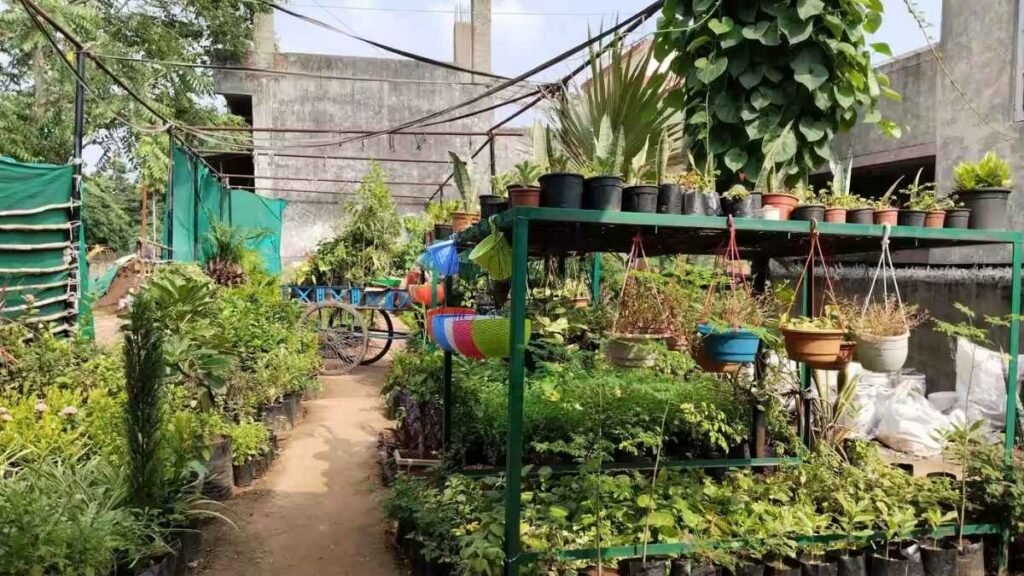
- Size: Measure the available space to determine how many pots, containers, or raised beds you can fit. Even a small area can support a surprising amount of greenery with the right organization.
- Sunlight: Most fruits and vegetables need plenty of sunlight to thrive. Observe how much sunlight your balcony receives during the day and note the hours of direct sun exposure. South-facing balconies typically get the most sun, while north-facing ones may be better suited for shade-loving plants.
- Wind and Exposure: Balconies can be windy, especially in higher buildings. Make sure to account for the wind’s impact on your plants. You may need to use windbreaks, such as netting or screens, to protect delicate plants.
- Climate: Consider your local climate. Are you in a hot, dry area or a cooler region? This will determine which fruits and vegetables are most suitable for your balcony garden.
Once you have a clear understanding of your available space and conditions, you can make more informed decisions about what to plant.
Choose the Right Containers
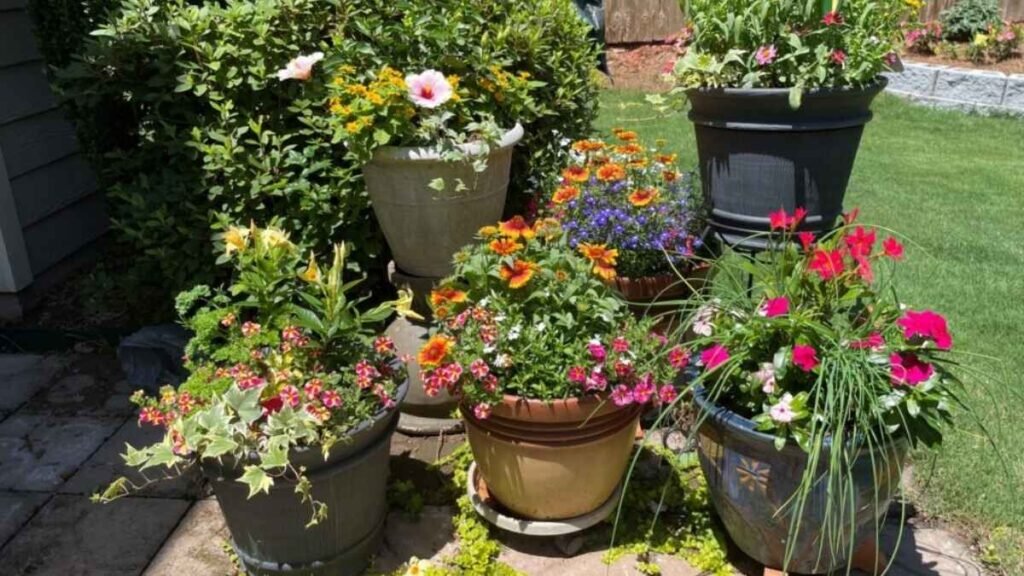
Since you’re working with a small space, container gardening is the best option for a balcony nursery. There are a variety of containers to choose from, each with its own benefits and drawbacks. Some options include:
- Plant Pots: These are the most common choice for balcony gardening. They come in various sizes and materials, including plastic, terracotta, and ceramic. Terracotta pots are breathable, but they can dry out quickly, so be mindful of watering.
- Raised Beds: If you have enough space, you can invest in a small raised garden bed. These are especially helpful for growing larger plants like tomatoes or even small fruit trees. They can be made of wood, metal, or plastic and allow for better drainage and root development.
- Hanging Baskets: If floor space is limited, hanging baskets are a great way to maximize vertical space. These work well for plants like strawberries, herbs, and cherry tomatoes.
- Vertical Gardens: Use a vertical garden system or a DIY solution like a wall-mounted planter to grow vines and climbing vegetables such as cucumbers or peas. This is a great way to save space while still growing plenty of food.
When choosing containers, make sure they have proper drainage holes to prevent water from accumulating at the bottom. Standing water can lead to root rot and other issues.
Select the Right Plants
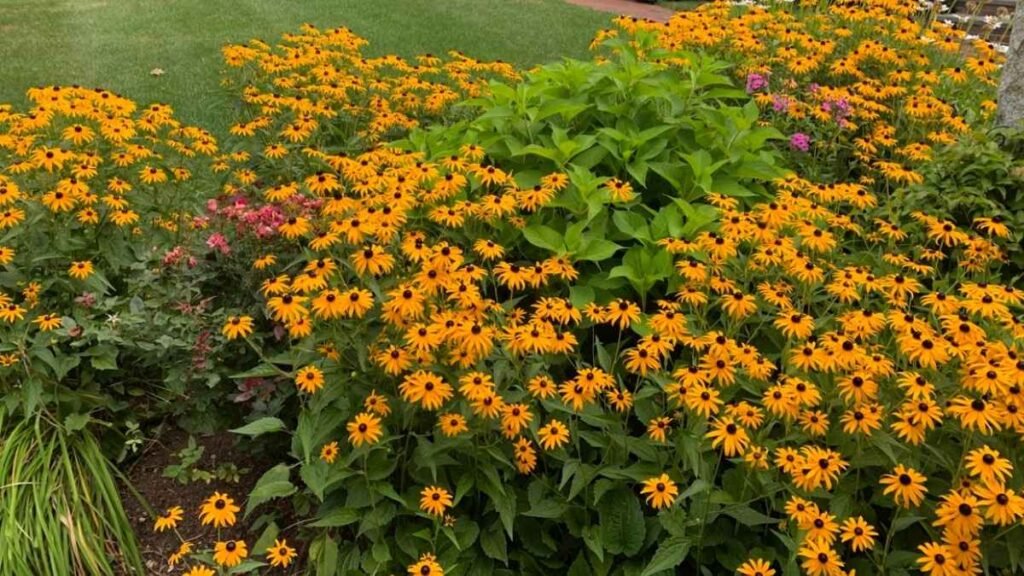
Choosing the right fruits and vegetables for your balcony nursery is crucial for success. While there are many options, not all plants will be suitable for small spaces. Below are some of the best options for balcony gardening:
- Herbs: Herbs like basil, thyme, parsley, cilantro, and mint are easy to grow and thrive in containers. They don’t require a lot of space, and you can grow them in smaller pots or hanging baskets.
- Leafy Greens: Lettuce, spinach, kale, and arugula are excellent choices for a balcony nursery. They have shallow roots and can grow well in smaller containers. Plus, they can tolerate some shade, which makes them ideal for balconies with limited sunlight.
- Tomatoes: Tomatoes are a popular choice for balcony gardens, but they need plenty of sunlight. Look for dwarf or compact varieties like cherry or patio tomatoes, which are specifically bred for container gardening.
- Peppers: Both sweet and hot peppers can grow well in containers, and they don’t need as much space as larger vegetables. They thrive in warm, sunny conditions.
- Strawberries: Strawberries are another fruit that does well in containers. You can grow them in hanging baskets, planters, or even vertical towers. They prefer full sun and well-drained soil.
- Radishes and Carrots: These root vegetables can be grown in deeper pots or raised beds. Radishes grow quickly, so they’re ideal for beginners. Carrots also do well in containers, but be sure to choose a variety suited for limited space.
In general, it’s best to choose plants that are compact or dwarf varieties, as they tend to perform better in containers and smaller spaces.
Prepare the Soil
The right soil is essential for healthy plant growth. For container gardening, you’ll want to use a high-quality potting mix, not garden soil. Potting mix is specially formulated to provide good drainage while retaining enough moisture for plant roots. You can also add compost to enrich the soil and provide nutrients.
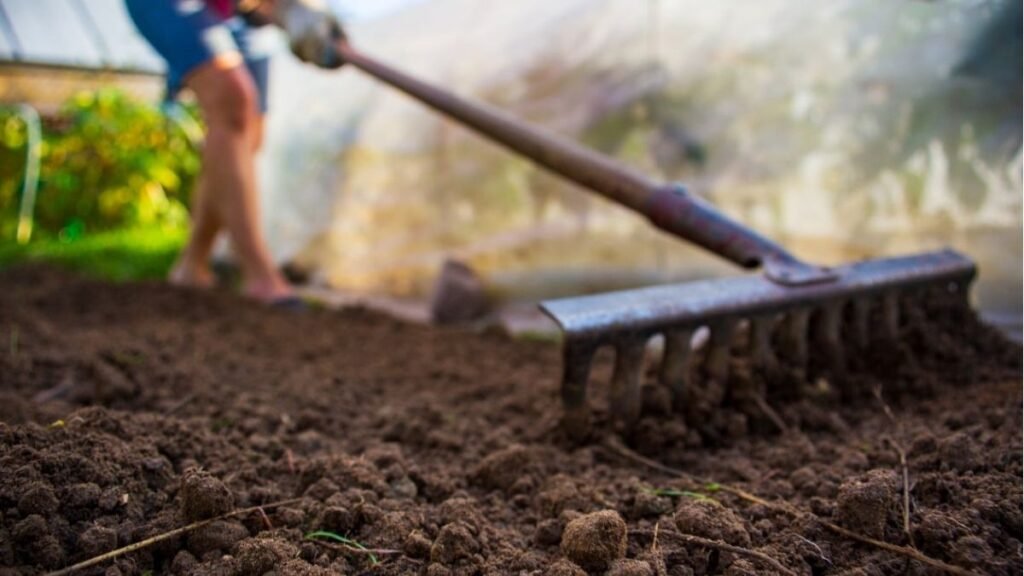
Make sure the soil you use is well-aerated and loose. If the soil is too heavy or compact, it can lead to poor root development. You can also add organic matter like worm castings or slow-release fertilizers to help your plants thrive throughout the growing season.
Watering and Maintenance
Watering is one of the most important aspects of balcony gardening. Since containers tend to dry out faster than garden soil, you’ll need to check your plants regularly for moisture. Some tips for proper watering include:
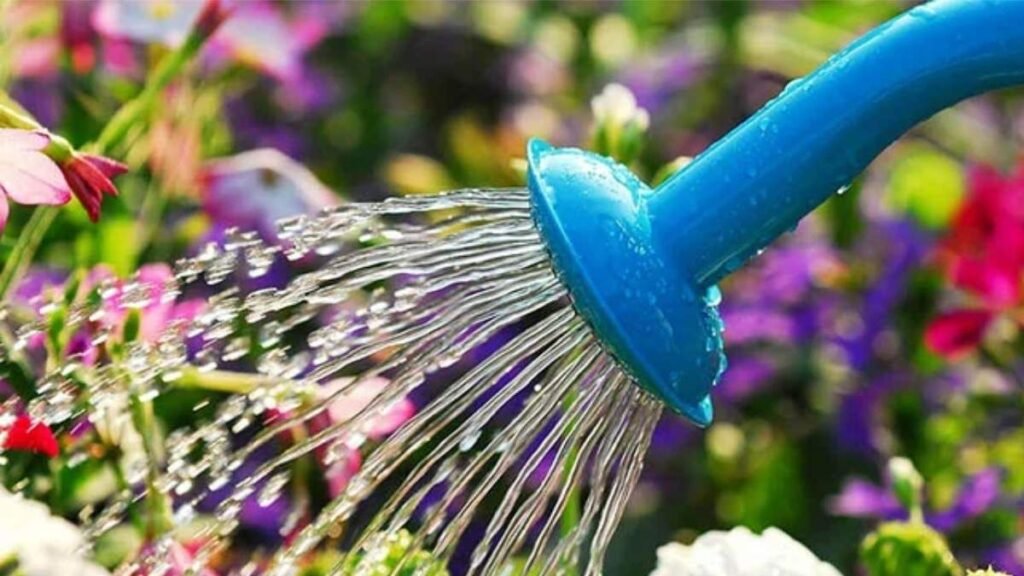
- Water in the morning: Watering early in the day helps prevent evaporation and gives the plants time to dry out before evening, reducing the risk of fungal infections.
- Don’t overwater: It’s tempting to keep watering, but too much water can be just as harmful as too little. Make sure the soil is dry to the touch before watering again.
- Water deeply: When you water, make sure to soak the soil thoroughly. Shallow watering can lead to weak roots and poor plant development.
- Use a saucer: Place a saucer underneath your containers to catch any excess water. This will prevent water from spilling over and making a mess on your balcony.
In addition to watering, keep an eye out for pests and diseases. Aphids, spider mites, and whiteflies are common pests that can affect balcony gardens. You can manage pests by using natural remedies like neem oil or insecticidal soap.
Harvesting and Enjoying Your Produce
One of the most rewarding aspects of balcony gardening is harvesting your home-grown fruits and vegetables. Be patient, as many plants take time to reach maturity. When the time comes to harvest, enjoy the fruits of your labor by incorporating them into your meals.
For example, you can make fresh salads with your homegrown lettuce and tomatoes, or enjoy the satisfaction of picking your own strawberries for breakfast. The joy of eating what you’ve grown yourself is unmatched, and the freshness of your produce will add a unique flavor to your dishes.
Final Thoughts
Starting a balcony nursery for fruits and vegetables is an incredibly rewarding and fulfilling hobby. With the right containers, plants, and care, you can transform your small outdoor space into a productive and beautiful garden. Growing your own food not only gives you fresh, healthy produce but also helps reduce your carbon footprint and fosters a deeper connection with nature. So, grab your gardening gloves, choose your plants, and get started on your very own balcony nursery today!

